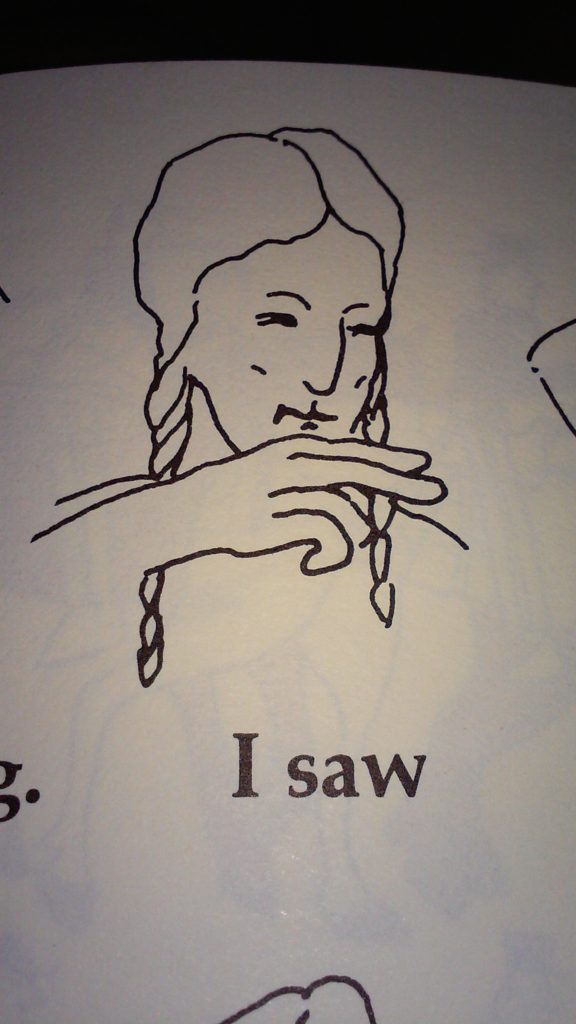William Philo Clark has just released an informative study entitled The Indian Sign Language, published by L. R. Hamersly & Co. of Philadelphia.
Read in PDF Format: Indian Sign Language and Other Forms of Communication
The Plains Indians across our great land do not have a written language and because individual tribes speak different languages, they incorporate several different types of communication methods to communicate. Sioux Chief Iron Hawk once said, “The whites have power given them by Great Spirit to read and write. He gave us power to talk with our hands and arms, write with pictures, and send messages with mirror, blanket, pony far-away, smoke, fire arrows, and flint.”
Lewis and Clark reported their main interpreter, George Drouillard, was proficient in using Indian sign language. Lewis, in his August 14, 1806 journal entry, reported Drouillard, “understood perfectly the common language of jesticulation or signs which seems to universally understood by all the Nations we have seen.”
Many of these signs seem easily understand while others are quite complicated. For example, the symbol for tipi is the cross of the fingers, but when combined with a second tipi sign, the meaning changes to camp. A better example, perhaps, of combined signs is how to indicate the term enemy. It is the sign for “friend” followed by the sign for “no.” Clark, in his study, reports over 3000 different signs used.
Clark also reports that contact with the white man has produced new signs. Southern Cheyenne and Arapahoes forced onto the Canadian County, Oklahoma reservation developed the sign for Indian Agent as the motion of taking something from the mouth. This sign appears to have originated from Indian Agent Brinton Darlington’s jocose trick of taking out his false teeth to surprise his Indian wards.
In addition to hand signals, signals of smoke were used as a communication method. Tribes used different fuels to produce different types of smoke, from the dark smoke produced by damp leaves to the white smoke from dried grasses. The smoke stream could be altered by passing a wet blanket or hide over the fire, producing short or long smoke puffs, zig zags, and even spirals. These communications could be seen at great distances across the plains.
We are deeply indebted to Mr. Clark for his interesting study and sign off with the sign for “I” and the sign for “Go”.
- Chief Red Horse Tells About Custer: The Battle of the Little BigHorn, Jessie Brewer McGaw, 1981
- Native American Netroots, http://nativeamericannetroots.net/diary/1386
- George Drouillard of the Lewis and Clark Expidition, M.O. Skarsten, 1964.
- The Indian Sign Language, William Philo Clark, 1885.




J. v. L Bell, I purchased the book in Estes Park when you were there showing it. I enjoyed it very much. It is full of interest, unusual events, history, some danger, some humor, and romance. The lead character is empowered and takes charge of her life. And a happy ending. I am ready for book 2!! Thank you.
Thanks so much for your comment Jean. It made my day. I’ll let you know when the next book comes out.